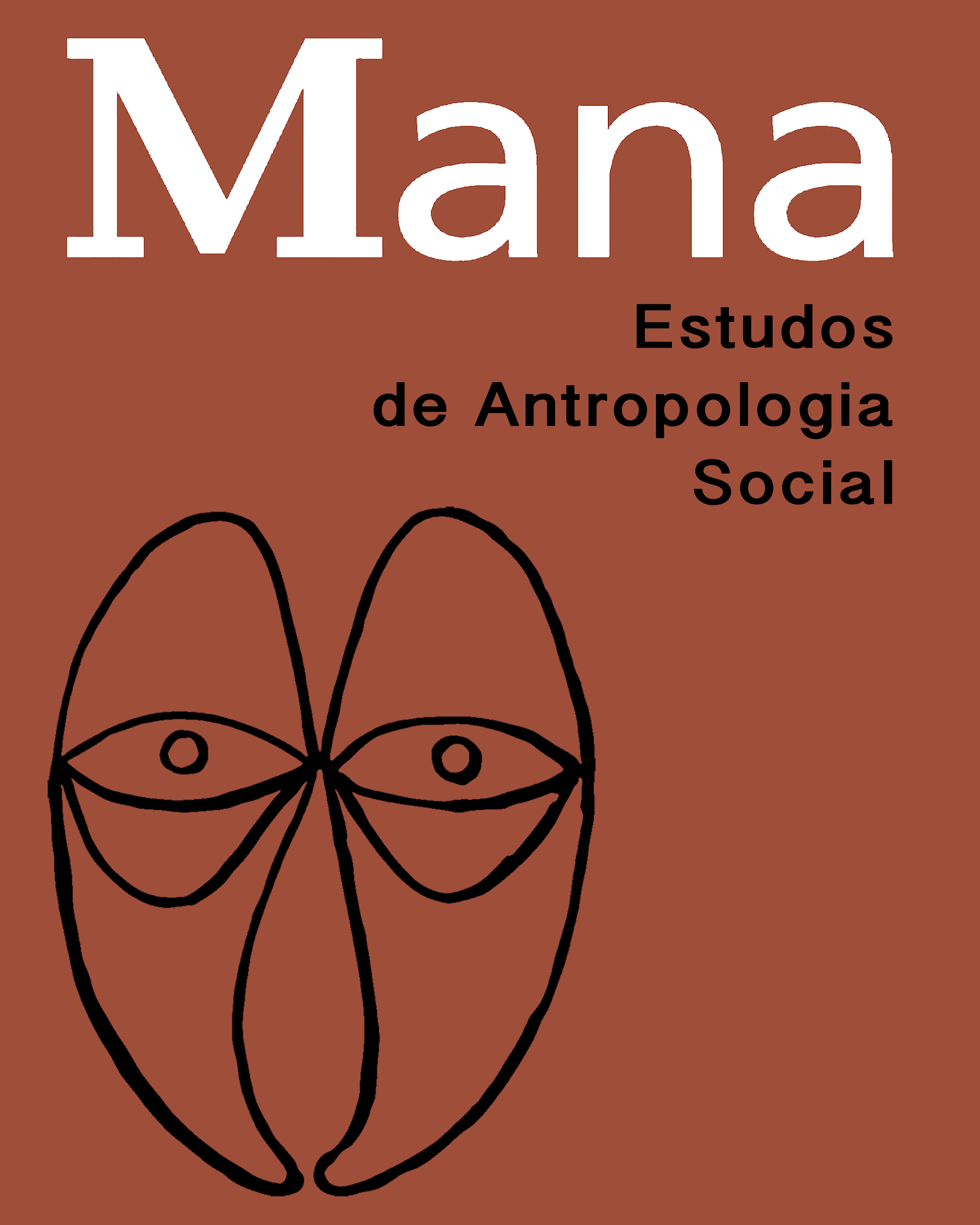Abstract
Over the course of the twentieth century, Guarani ethnology produced a series of works whose genesis can be traced back to the migrations registered by Curt Nimuendajú and published in his work of 1914. On the Atlantic coast, various chroniclers had registered similar phenomena, since the beginning of the European Conquest, among diverse indigenous groups that were generically denominated Tupi-Guarani. Since then, many anthropologists have proposed to establish a common thread between the Tupi-Guarani migrations and those of the Guarani, frequently attributing the same motives and objectives to both: to escape the destruction of the world and enter the land of the immortals while still alive. However, a detailed examination of the bibliography, as well as various documentary sources, calls any such connection into question. This article is a study of the multiple forms of translocation observed among the Guarani during the sixteenth and seventeenth centuries and subsequently during the nineteenth and twentieth. Its objective is to analyse and distinguish these forms of translocation: on one hand, the migrations toward the land without evil in the nineteenth and twentieth centuries; on the other, the war expeditions, raids, slave captures, flights from the Spanish colonisers and Portuguese bandeirantes, and attractions to the Jesuit missions in the sixteenth and seventeenth centuries.
Keywords:
Guarani indians; Jesuit missions; Translocations; Migrations; Expeditions; Manuscripts from the Angelis Collection
